
Our stomach bacteria and enzymes often have a hard time digesting certain vegetables (particularly leafy greens) because of the large amounts of fiber in them.
However, cooked and fermented foods have been known to be much more easily digested since they are partially broken down before you eat them.
So, can leafy green vegetables be fermented?
Leafy greens can be fermented. In fact, fermenting them is a great way to help your own digestive system break down those soluble fibers.
Fermented vegetables are more gentle on your intestines since they are already partially digested by the good bacteria used in the fermenting process.
Let’s take a closer look at how to ferment your leafy green vegetables.
Table of Contents
How To Ferment Leafy Vegetables
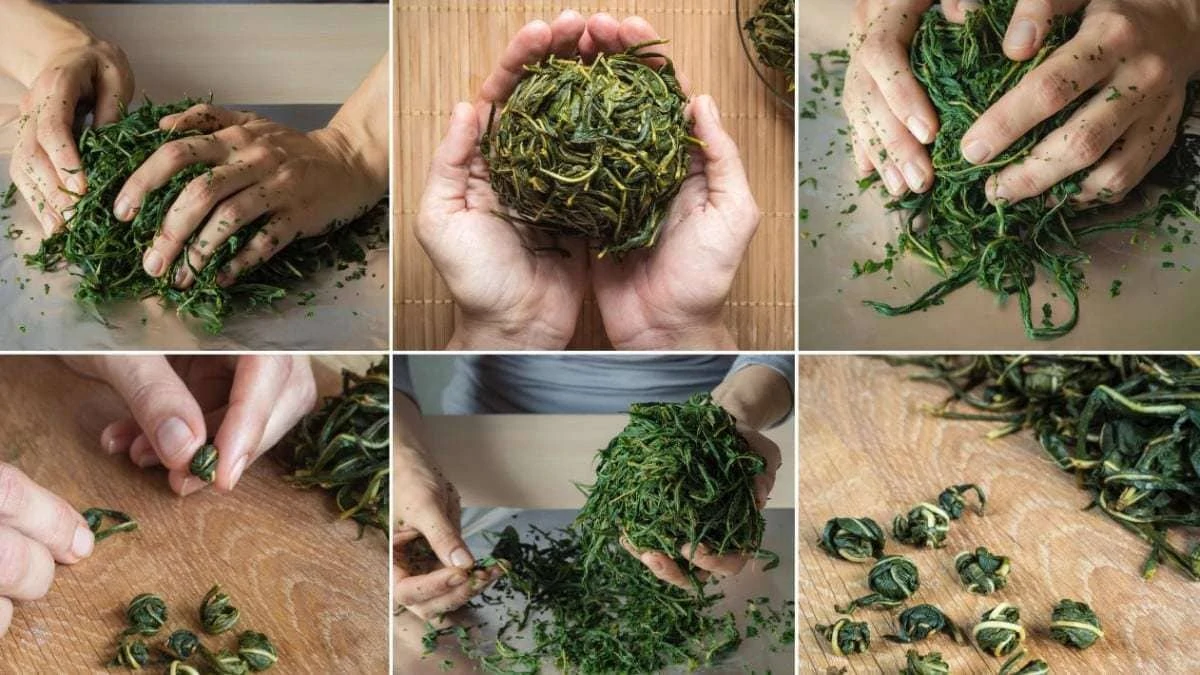
The best part about fermenting vegetables is how easy it is to do. You can ferment just about anything, but the best place to start fermenting is with vegetables.
You can add different spices and herbs to give your fermented veggies some flavor.
The best vegetables to ferment are listed below.
- Carrots
- Cabbage
- Cucumbers
- Garlic
- Radishes
- Peppers
- Turnips
- Snap Beans
This list above isn’t exclusive.
As mentioned, you can ferment just about anything you want. The list above is simply the best for beginners to get their fermenting process started.
Keep in mind that leafy greens can end up soggy and mushy when fermented. This happens most often when leafy greens are fermented in large quantities.
To prevent this from happening, try to ferment leafy greens in small batches. This will help them retain their crispness.
Now that you have an idea of what to ferment let’s take a look at each step of how to ferment your vegetables.
This process can be used for all vegetables you wish to ferment, including leafy greens. You’ll find each step laid out below with instructions on how to complete them.
Select Fresh and Perfect Leafy Greens To Use for Fermentation
When fermenting your vegetables, you want to select pieces that are flawless and fresh no matter what kind you are using.
Any impurities or damage could result in a fermentation going bad. If bad bacteria are introduced to the process, you could end up with food that isn’t safe to eat.
You also want to make sure your food is thoroughly washed before starting the fermentation process.
This is an important part of this step. Make sure you keep all surfaces clean as well.
You want to limit the number of bad bacteria when you ferment vegetables.
Prepare Leafy Greens for Fermentation With Salt
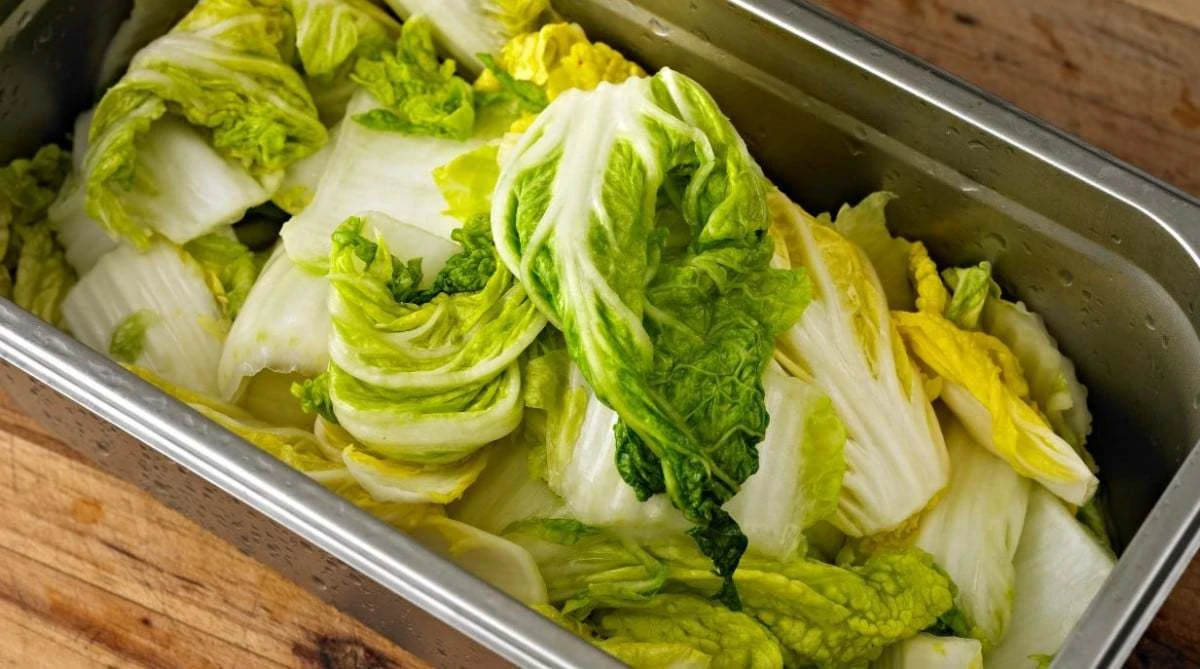
This is the most important step of fermentation. The salt can create the brine that preserves the vegetables.
Or you can knead the salt into your veggies directly. The benefits of using salt in your fermentation process help protect your food against bad bacteria.
You want to be careful with the salt. If you add too much salt, you could stop the entire fermentation process completely.
If you don’t have enough salt, your food could start to mold during the process. It can also prevent your food from staying crisp during the fermentation process.
The best thing to think about is the size of what you’re fermenting and find the right amount that way.
Try to use around one to three tablespoons per quart of water.
You can either knead the salt directly into the vegetables or add the salt to the water.
Either way, you’ll want to stick to that one to three tablespoons per quart. You can also adjust this depending on taste, but try not to go under or over this ratio.
Place Your Leafy Greens in an Airtight Container and Fill With Water
The container itself can be glass, plastic, or even ceramic. It depends on your personal preference, although glass is the recommended container.
Glass is easy to find and is less likely to house unwanted bacteria that can sometimes be found in plastics.
Ideally, you want a lid that won’t let air in but will let the gas from fermentation out.
This is because the air can create a mold on your vegetables and make your fermented food go bad. Some lids feature an airlock for this very reason.
You can find fermentation kits, such as this Fermentation Kit from Jillmo that feature four lids with these airlocks.
If you choose not to use a lid with an airlock, you need to open your container periodically.
This will allow the gasses inside to escape in a step often referred to as “burping.”
If this step isn’t done during fermentation, you risk the pressure of the gasses to build up to a dangerous level.
Once the produce is placed in the container, fill it with water. You may need to push the vegetables back to the bottom to keep them from floating to the top.
You can also fill a ziplock bag with water and place it on top of the vegetables. This will weigh the food down but still allow the gasses to move along the bag’s sides and out of the container.
Don’t Let the Temperature Get Too High
The best time of the year to ferment anything is in the cooler months.
If the temperature gets to be too high, it could make your vegetables slimy.
The ideal temperature to maintain is around 60 °F to 70 °F (15.6°C to 21.1°C).
When you ferment your food, the process is going to increase the temperature naturally on its own. That means that if your room temperature is 75 °F (23.9°C) or above, the temperature of your fermentation could go over 80 °F (26.7°C).
This could potentially ruin your entire batch.
Can Lettuce Be Fermented?
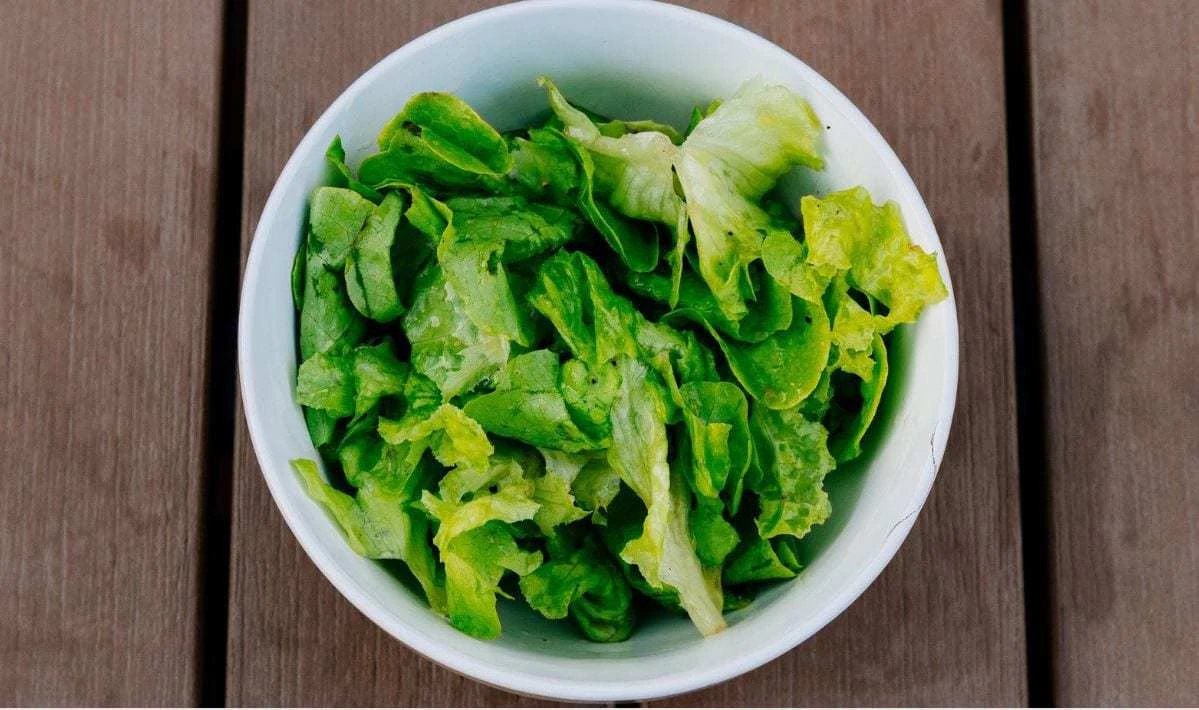
Like other leafy greens, lettuce can be fermented. However, the process for lettuce fermentation has to be handled differently.
Lettuce tends to wilt and reduce as the process works through it.
This makes it ideal for a dry fermentation process using a bowl or a crockpot, which you’ll find listed below.
Dry-Salt Fermentation Method
You can use this method for soft or crisp-leafed lettuce. Lettuce is made up almost entirely of water, so this method is ideal for this vegetable.
If you plan to use lettuce such as Iceberg or Romaine, it will work best if you shred it like you would cabbage if making sauerkraut.
- Wash your lettuce completely and remove brown or wilting leaves.
- Place lettuce in the bottom of your bowl or crockpot.
- Add a layer of salt using one to two tablespoons per quart of packed lettuce.
- Put another layer of lettuce down.
- Repeat those steps until the process is complete.
- Weigh your lettuce down by using a large plate on the top to push it down.
This process will cause the water to release from the lettuce itself, which is why you don’t need to add any water during this method. However, if after 24 hours the lettuce isn’t covered with water, you can add salt brine to the bowl or crockpot to cover it.
You want the produce to be at least two inches under the brine.
Fermented Broccoli Leaves
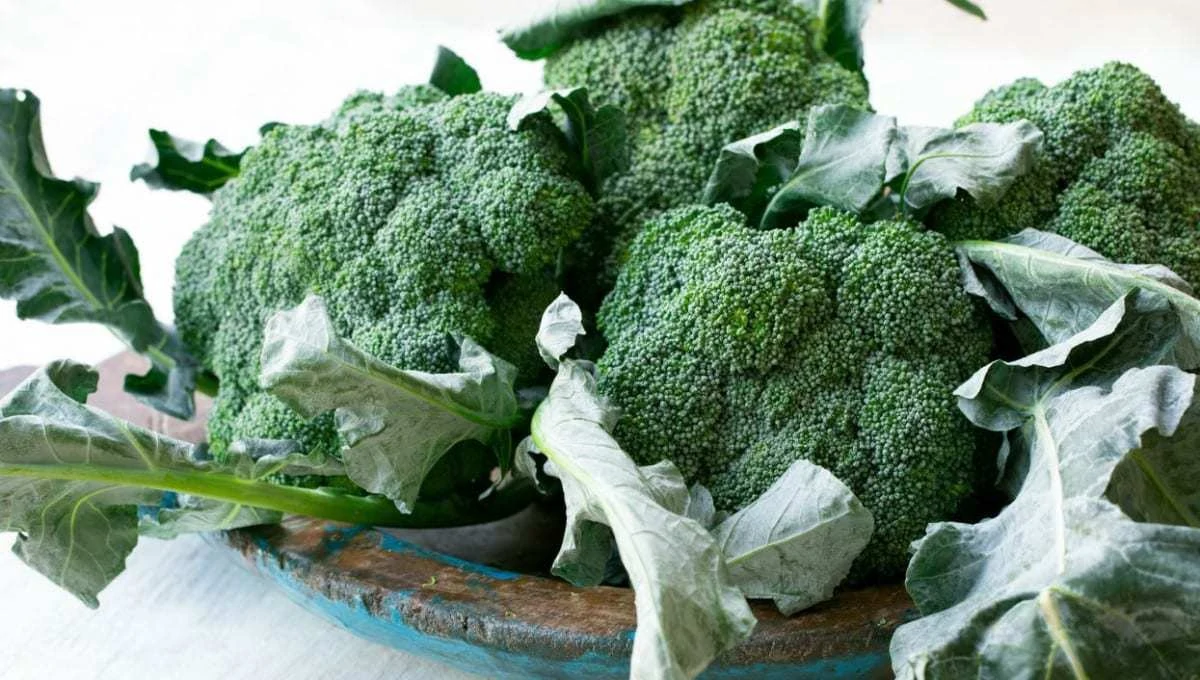
Fermented broccoli leaves are quite similar to collard greens in terms of the fermentation process.
You can use the dry fermentation method listed above, or you can try a salt brine.
Remember not to let the leaves ferment for too long, or you’ll end up with rotten or soggy produce.
Follow the recipe below for collard greens and other similar soft-leaf vegetables such as broccoli leaves.
- Wash your broccoli leaves thoroughly and remove any wilted or brown leaves.
- Peel and smash three or four cloves of garlic — for flavor — and place in your crockpot.
- Layer the leaves into the bottom of the crockpot, setting aside two large leaves.
- Dissolve a quarter cup of salt into two cups of water and pour over the leaves.
- Place your two large leaves on top of the water and allow them to get submerged as well.
- Put a bowl or a plate on top of the leaves to weigh everything down, making sure not to crush the leaves beneath.
The fermentation process should take around four or five days to complete. Don’t wait too long, or you could find that the leaves have spoiled.
Fermented Swiss Chard Leaves
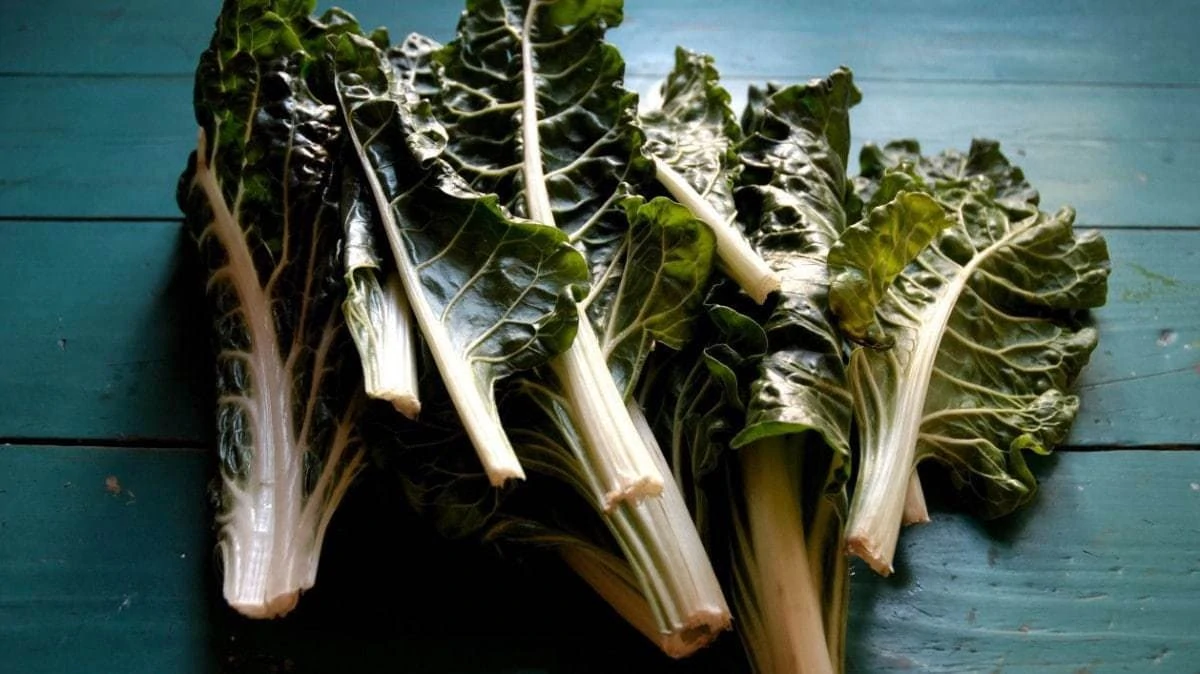
There are plenty of ways to ferment Swiss Chard, but one of the most common ways is to use the stems.
However, you can also ferment the leaves of your Swiss Chard.
You can follow the same method as you would for collard greens and other soft-leaf vegetables, or you could try the recipe below.
- Wash your Swiss Chard leaves thoroughly and remove any brown or wilted pieces.
- Layer the Swiss Chard leaves into a mason jar.
- Cut half an onion and place it in the jar with the Swiss Chard.
- Fill the jar to the top with water and 2 tablespoons of salt, making sure the vegetables are completely covered.
- Seal the jar with the lid and store it.
The process should take about one to two weeks to complete.
Can You Get Sick From Fermented Vegetables?
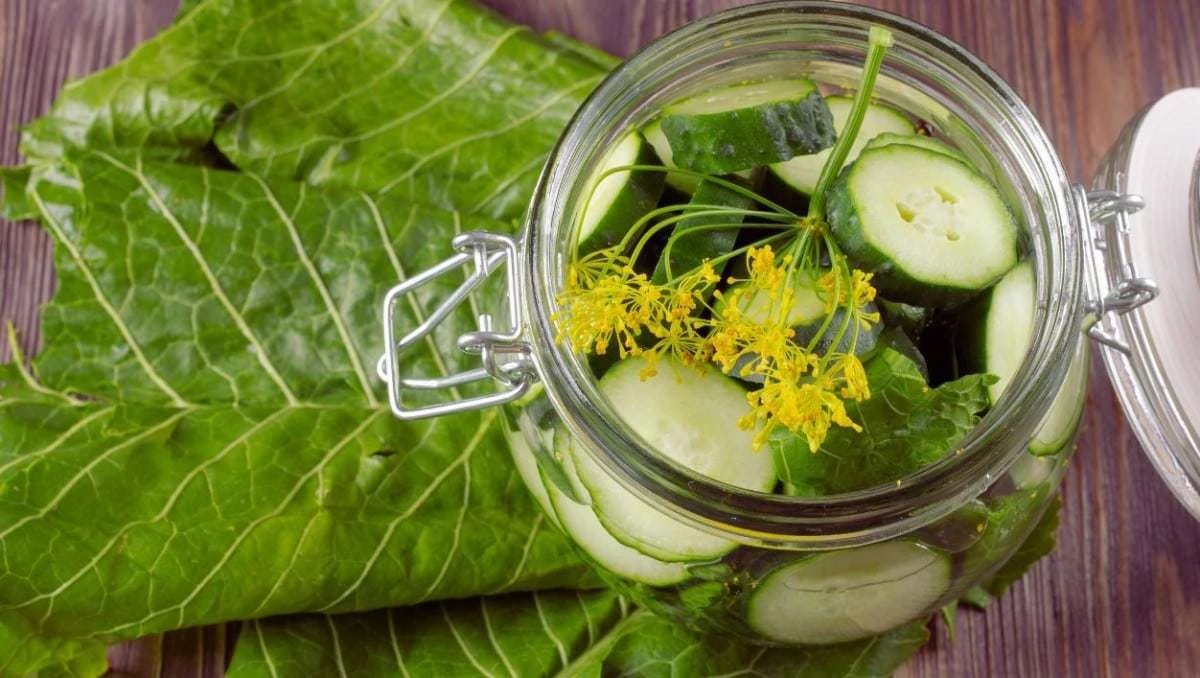
As with all foods, there is always the risk that fermented vegetables can get you sick. Whether it will or not will depend on your own genetic makeup.
Fermented food has similar bacteria that is found in yogurt. While these bacteria can be beneficial to some, there are others whose digestive system can’t tolerate them.
Some of the side effects that one could experience are listed below.
- Bloating
- Migraines
- Food illnesses such as Salmonella and E. coli
- Infection
Summary
Fermentation is all about experimentation with a lot of trial and error.
You’ll find that some recipes work while others don’t.
It may take some time to find the best salt to water ratio, but you can definitely ferment your leafy greens just like any other vegetable.


Leave a comment